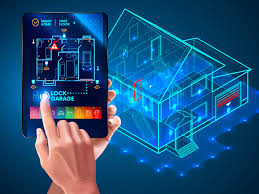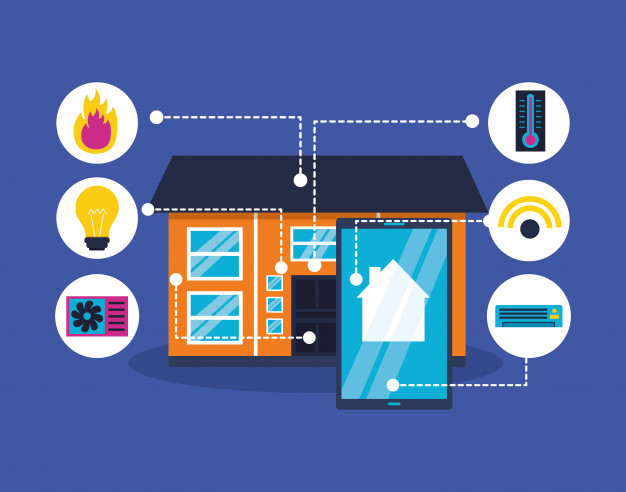Home automation covers a range of products, services, and new concepts. If you’ve already caught the IoT virus and are eager to expand your knowledge and delve even further into building home automation, here are some ideas to explore further.
Its product line starts with central heating control systems connected to mobile devices to smoke and carbon monoxide detectors and IP cameras. The main problem with these devices is their cost: for example, a conventional smoke / carbon monoxide detector costs £ 89. You spend this considerable sum for convenience, and everything is already packed in a nice and pleasant device.

PI: home automation
It is a protocol for electronic devices that uses power lines for control and signaling. X10 has been around since 1975, and while it’s not the newest protocol, it still has a solid user base, largely due to its low cost components. In addition, the X10 is supported by a number of boards, including the Arduino and Pi, allowing it to be used to control consumer equipment in a variety of ways.
The Open Pi project uses a less famous member of the Pi family, Compute. This model is a smaller SODIMM ready to be built into a project, and Open Pi puts this flat module in a small plastic case. The Open Pi is designed to be used by hackers in a variety of IoT projects using a combination of Bluetooth Low Energy, an infrared receiver, and an SRF antenna that provides long-range radio communications for SRF-equipped devices.
Available devices include: Arduino compatible Xi-no RF board; SRF GPIO add-on for Pi and USB stick for computers. SRF and its more powerful version ARF can transmit much longer distances than standard IoT wireless devices.
Bluetooth has been in our lives for years, but we recently discovered a new low-power version that offers a less powerful connection for short distances called Bluetooth . They are built into beacons like . which can be programmed to respond to Bluetooth devices in an ingenious (or harassing way, depending on the point of view): for example, broadcasting a Bluetooth connection capable of transmitting data to your device.
At home, they can recognize that someone is back from work and interact with home automation appliances through the X10 to set up the home for relaxation. These beacons can be created using a Raspberry Pi and a Bluetooth LE set-top box for an inexpensive and non-proprietary solution.

